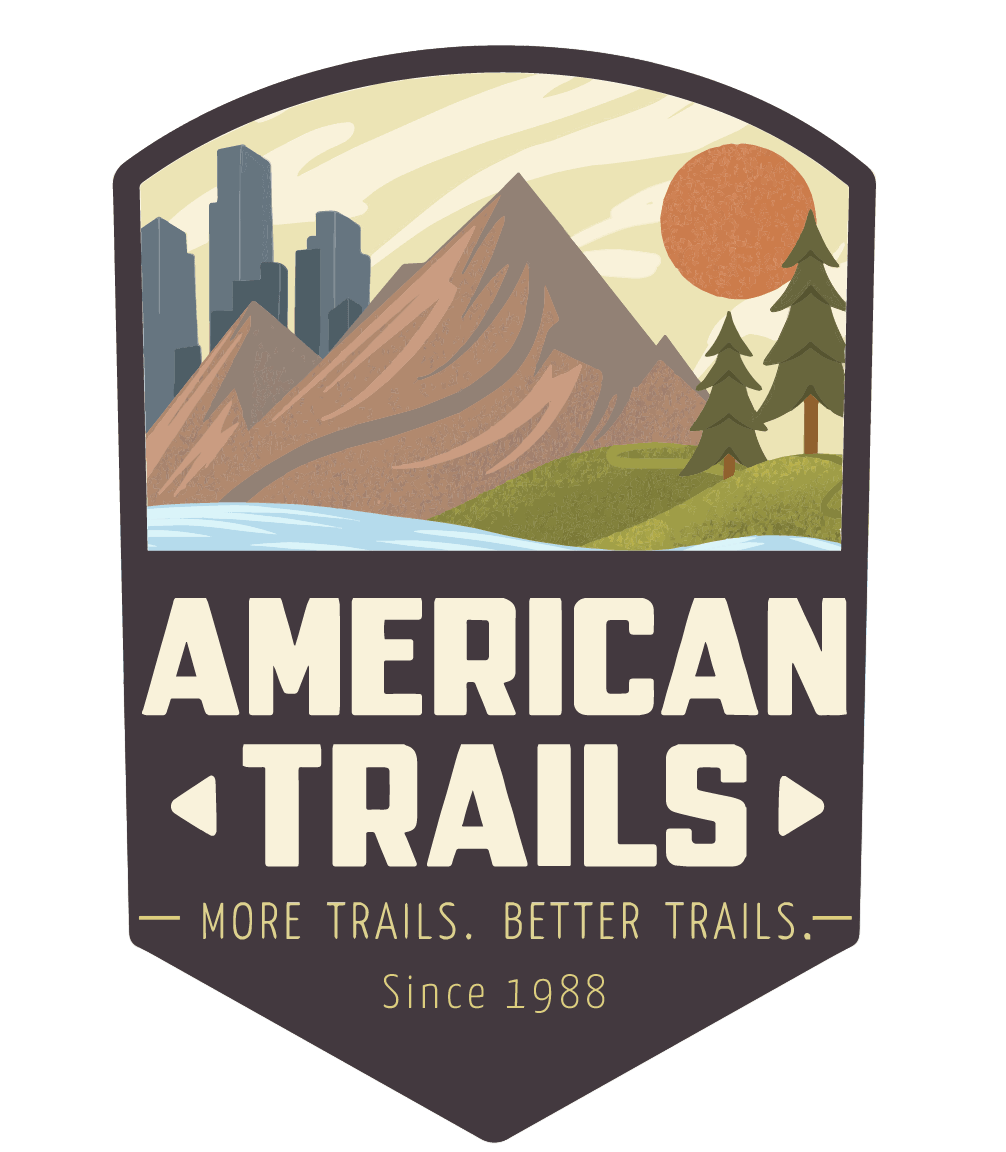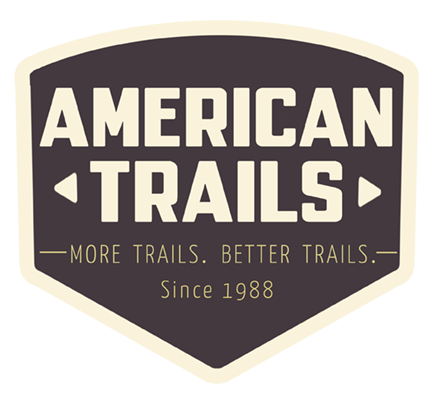




This study presents a more comprehensive understanding of rail-trail maintenance, as has been done for other rail-trail issues such as construction costs, economic impact and rails-with-trails. Such an approach enables the rail-trail community to focus its limited resources more effectively on addressing the most critical issues.
by Rails to Trails Conservancy
For the past three decades of rail-trail development, maintenance costs have generally been seen as being expensive. These expenses, however, have remained largely untracked on a state or national basis. Further, a comprehensive breakdown and ranking of maintenance priorities did not exist.
To better understand this issue, RTC conducted a comprehensive survey of trail maintenance costs. Results of this study show that, contrary to popular belief, maintenance costs are not as high as many perceive them to be. In fact, when taking into account for volunteers, this study found that maintenance costs on average range from $500 to $1,000 per trail mile per year depending on surface.
In the 10 years that RTC’s Northeast Regional Office has tracked technical inquiries, there has been a steady decline in the number of maintenance-related request. There are likely several reasons for this decline. Rail-trail managers and others share maintenance methods through a variety of networks, in addition to providing direct assistance to one another. Earlier documents on maintenance best management practices have also likely been helpful. In addition, many individual trails have been combined into larger systems, thus creating economies of scale. Volunteer programs also have grown in size and dependability and have taken on more responsibility.
Finally, it is evident that maintenance also has been deferred. Therefore, it is possible that although maintenance costs have declined over time, perception of those costs has remained the same.
Trail managers and local stakeholders often cite the need for dedicated state or federal funding to help pay for trail maintenance. Up to this point, RTC has lacked sufficient data to make that case effectively to decision-makers at the state or federal level. This study was initiated to bring some clarity to this issue. Because funding for rail-trails is difficult to secure, over-estimating maintenance costs can inadvertently give opponents easy leverage to speak against rail-trail development. In addition, funders often question if all aspects of any community development project should be funded by state and federal grants, particularly maintenance-related costs, which are often perceived as a “local issue.”
This study presents a more comprehensive understanding of rail-trail maintenance, as has been done for other rail-trail issues such as construction costs, economic impact and rails-with-trails. Such an approach enables the rail-trail community to focus its limited resources more effectively on addressing the most critical issues.
Attached document published June 2015
6,239 views • posted 07/29/2020 • Id #410727